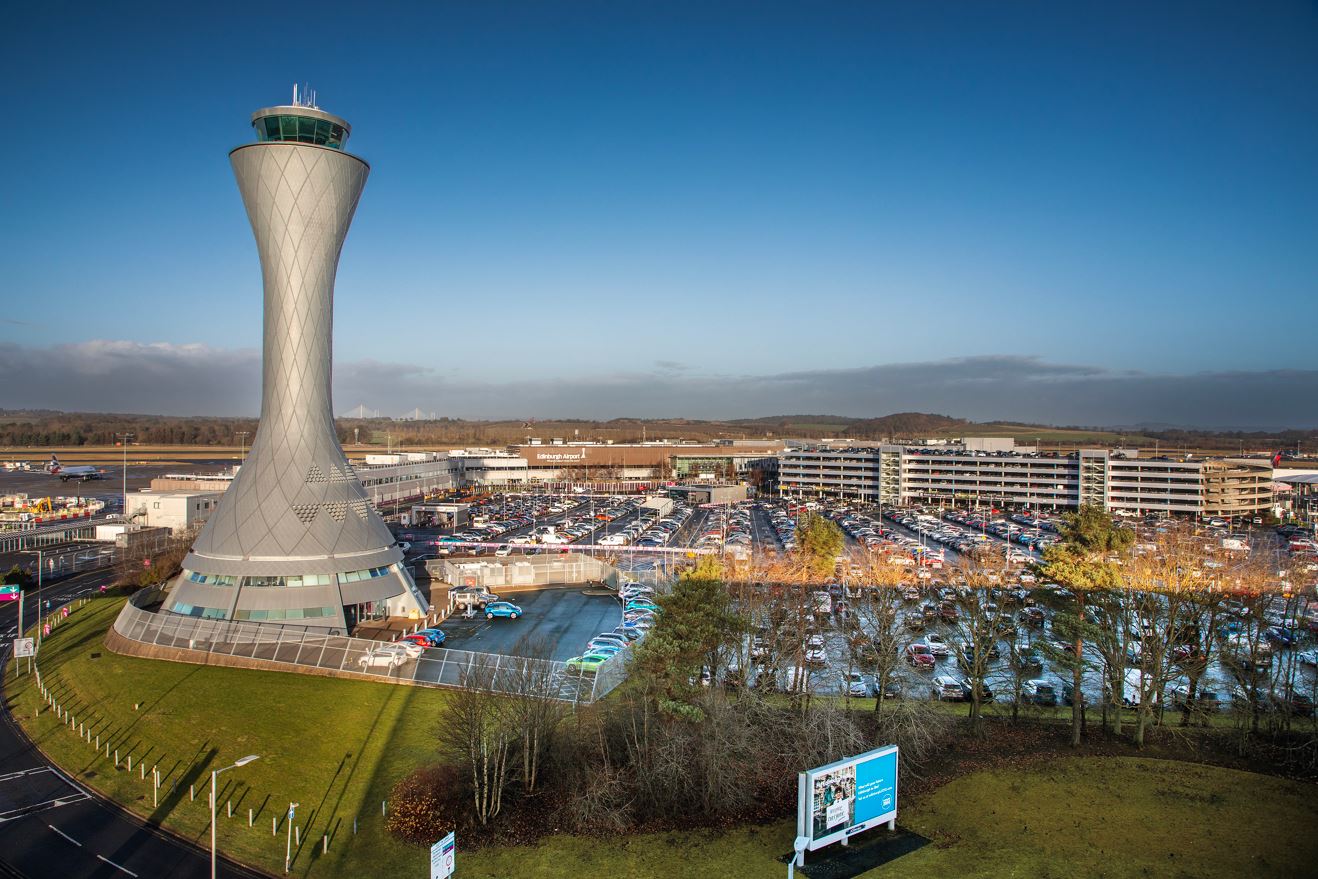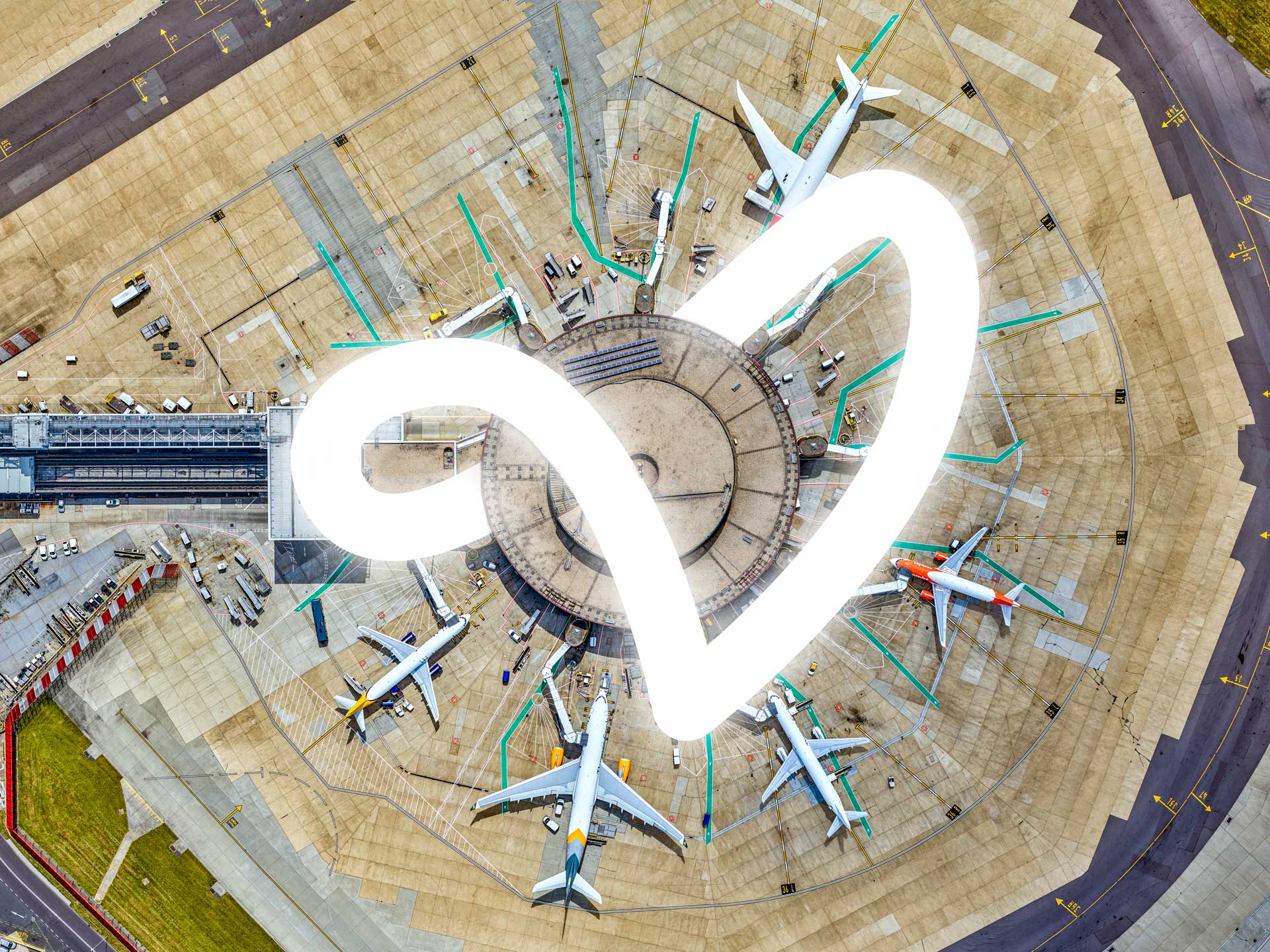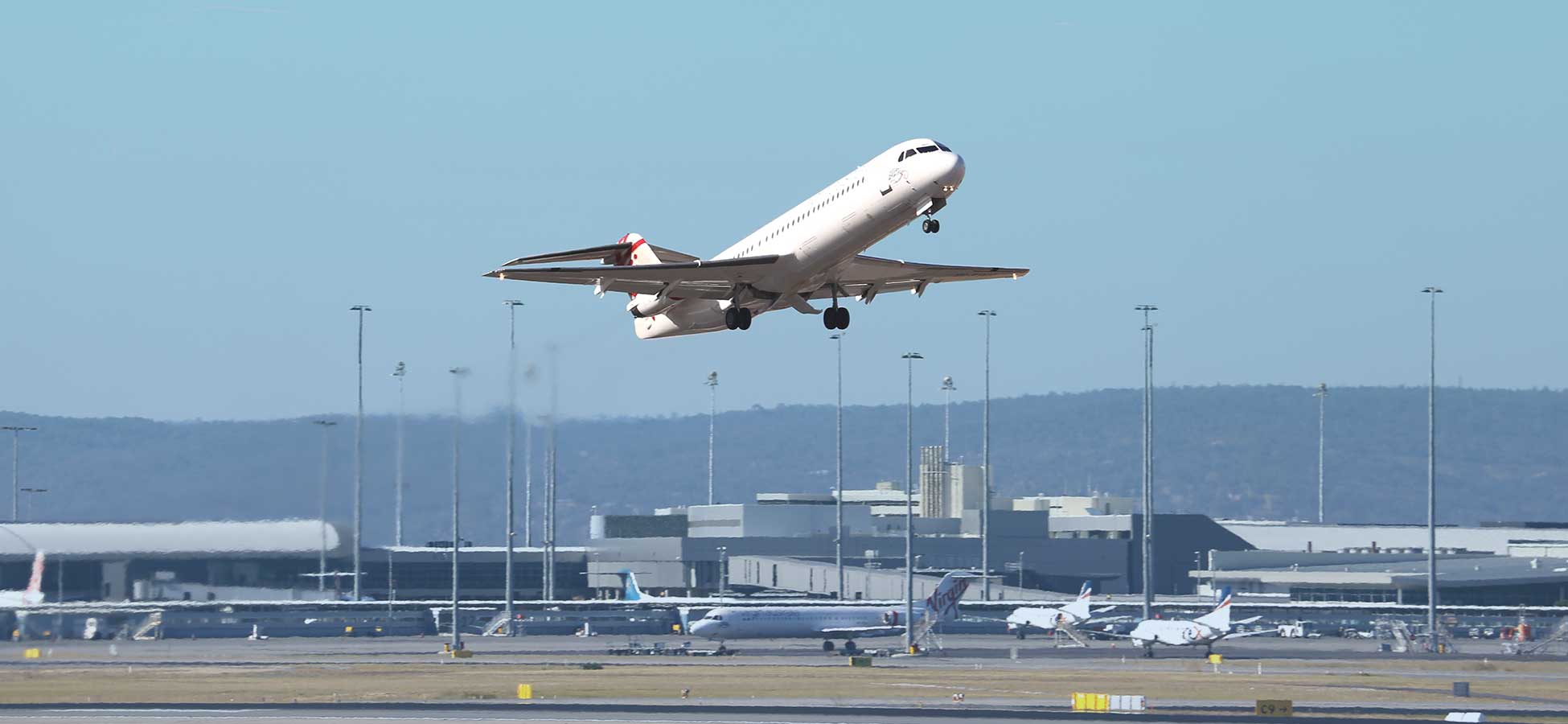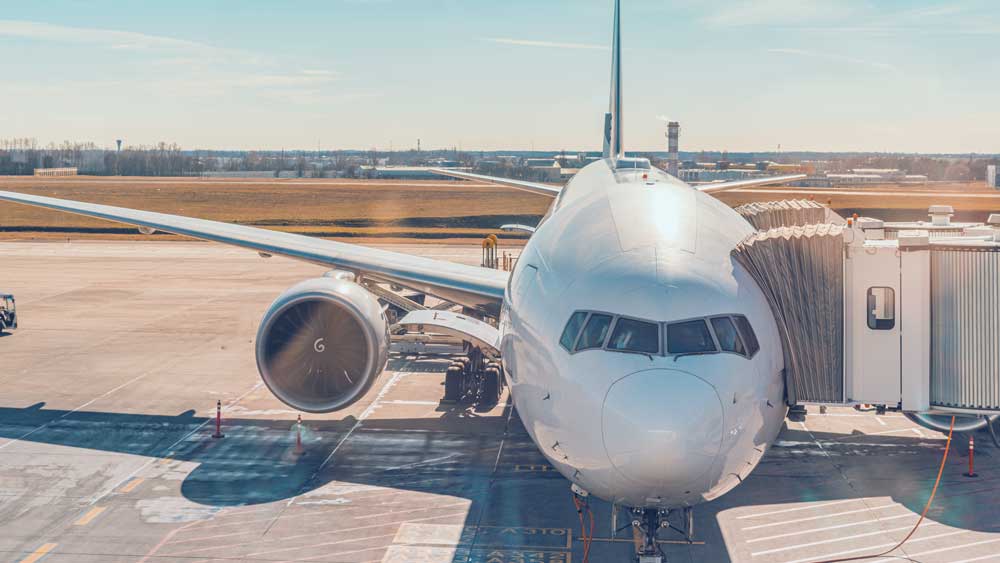As the aviation market moves into recovery, many airport operators are re-evaluating the value of long-term exclusive gate and terminal lease models.
Common use terminals, where airports manage gates and carriers share fixed resources, are proving a better return on infrastructure investment and a more efficient way to manage operations – essential for an industry still suffering from a pandemic hangover.
With low-cost carriers willing to try new routes, common use also offers growth opportunities. Shared resources can handle new carriers much more flexibly and rapidly than dedicated resources. But sharing terminals or gates can raise new challenges for commercial, operational and financial teams – like how to set rates, best allocate resources to flights, and accurately bill for their use.
It’s evident there’s no cookie-cutter approach to common use. Different airports require different rate structures and operating models.
Regardless, leading operators have a growing desire to capitalize on the opportunity of common use and reset their rate-making and airport gate management processes, leaning on automation, AI and smarter decision-making to deliver the best outcomes for themselves and their airline customers.
Working with airports around the world, we’ve landed on these three key recommendations to help maximize resource and infrastructure usage:
1. Create best-fit rates for infrastructure, growth and customer needs
A new market requires new rates. Airports are pushing for fair, flexible, yet creative tariffs that support the needs of all carriers (new and old) and help maximize the use of slots.
In North America, Priority Access is gaining ground as an efficient rate-making methodology for airports with high volume carriers. Although gates are now managed by the airport, airlines who are prepared to commit to a minimum traffic threshold can retain the benefits of location certainty. And, there’s a great degree of flexibility around how that threshold is set. Some airports use departing seat volume; others specify a minimum number of turns a day or a percentage of total deplaned passengers.
For those carriers falling below the threshold, it is often more cost-effective to share a gate. Airlines can pay an annual fee for access, giving them the confidence to establish and grow. Or, for those trying a new route, a fee per turn could be a preferable model.
In other regions tariffs, discounts and rebates are frequently used to encourage route expansion or attract new carriers. A European airport for example, used innovative rate-making and a rebate scheme to increase the number of scheduled airlines by 60% in 4 years. When capacity was tight, it adjusted its rates to encourage more off-peak traffic and remote gate usage.
2. Embed operating procedures and optimize planning
Where airports take control over gates, new rates have to be supported by clear operating protocols and a high degree of planning automation. Data, advanced analytics and smart decision support tools are key enablers.
Operators should define what data they need from airlines and when – from schedules to IATA B-type messaging. Third-party flight data from consolidators such as OAG and Cirium can also help support day-of-operation decisions when real-time airline movement data is not available.
Seasonal and daily resource planning tools are frequently used to automatically assign common-use gates and other fixed resources to flights while accommodating SLAs, operating procedures and preferences. And yet, while a highly-specific set of rules can be comprehensive, it is also static. So, when non-standard operations occur, such as weather-related disruption, manual decision-making tends to have to take over.
Forward-thinking airports are now extending their gate and resource management capabilities with advanced analytics to support more dynamic decision support and continual improvement. Machine learning and what-if scenario modelling are beginning to play a solid supporting role here, enabling deeper insights into historical performance and revealing opportunities to increase ‘virtual capacity‘, resilience and on-time departures.
These could include recommendations to:
- Reduce buffers for flights with high adherence to OTD
- Balance peak-time remote stand use for aircraft with long layovers, with cost and availability of tows
- Group movement by the ground handler to accelerate peak-time turnaround.
Passenger comfort can also be prioritized by minimizing transit time and reducing gate and pier crowding. Understanding the retail impact of gate allocations allows for resourcing decisions that increase passenger dwell time and spend during off-peak periods.
3. Turn usage data into revenue dollars
Data is not only the lifeblood of efficient gate management. It’s also critical for effective aeronauticalrevenue management.
Unfortunately for many airports, it’s not a streamlined process when it comes to collecting data around common use resource usage and applying that data to the billing process. Due to complex and fragile data integrations, there is latency in data availability, a lack of granularity or simply an inability to handle charges beyond simple fixed fees. For those not equipped to do this, the result is money left on the table.
For example, a medium-sized airport that’s unable to bill just $10 worth of aircraft movement due to insufficient data or lack of billing flexibility could risk losing over $2,000,000 in revenue per year.
Again, automation and analytics can have a significant impact. With tight integration between the gate management system and the billing engine, flight data and infrastructure usage can be captured in real-time. Revenue managers can identify any information gaps early and identify costs that are not always obvious, such as an extra 15 minutes on a stand, multiple gates used in a turn or overnight parking.
Machine learning helps finance managers go deeper still, forecasting the impact of rate changes and daily operations on future aero-revenue streams, and improving cash flow.
It’s time for a rethink around revenue and gate management
Shifting how airport resources are used requires a shift in how those resources are managed – and ultimately paid for.
Stepping up gate management and aeronautical billing capabilities means airports can create the best rate structures, embed operating procedures and optimize the planning decisions that maximize the full potential of their infrastructure.
It can drive growth, strengthen carrier relationships and lead to an improved passenger experience. It also gives them confidence in knowing every bit of usage is captured – and billed for.
With the right rates, better data and smarter decision support, airports can use what assets they have better and for longer. Costly expansion plans can wait.
Veoovo helps airports globally adapt to new processes and changing travel patterns, unlock efficient ways of working and provide safer journeys. Over 100 airports worldwide, including DAA (Dublin), Newark, Sydney and Melbourne rely on Veovo for aeronautical billing and/or airport gate management.
Please get in touch to arrange a call to explore how we can help your business.



